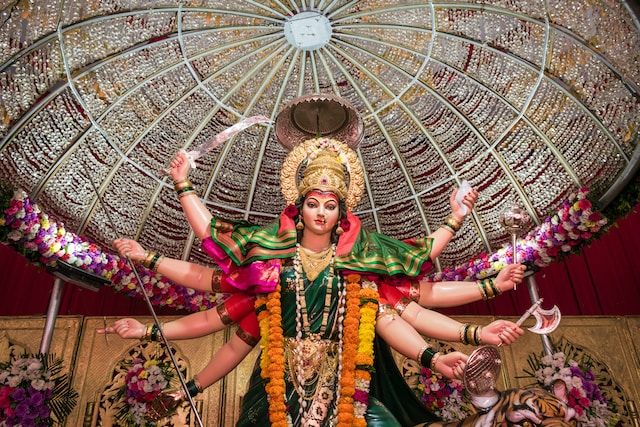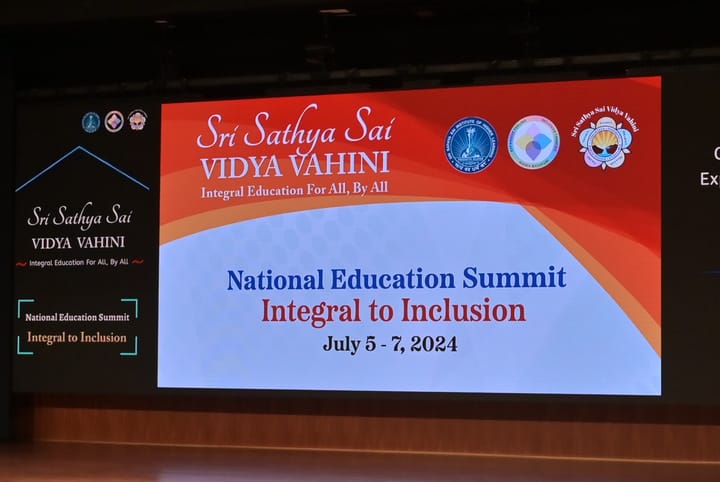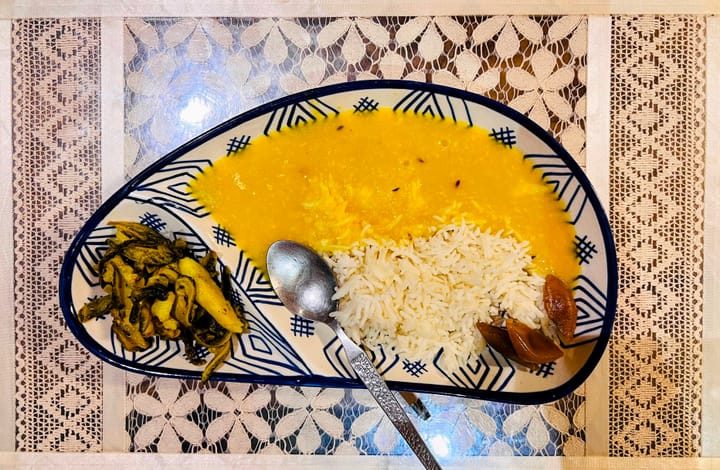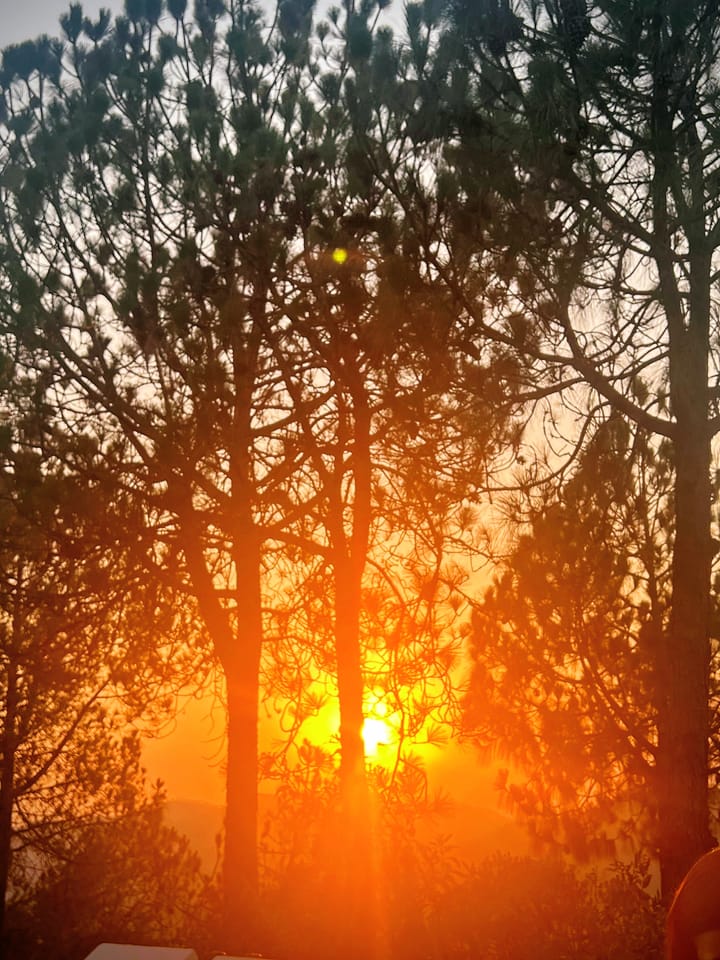This Navratri, connect your body, mind, soul with Divinity
Convert your will power (ichchaa shakti) into a yearning for God. Convert purposeful action (kriya shakti) into a force for doing Divine actions. Convert your power of discernment (jnaana shakti) into the Divine Itself.

There is a distinctive nip in the air and just round the corner is the season of festivals, weddings, fasts, feasts, shopping, cleaning, travelling, entertaining etc. The Sharadiya Navratri starts just after the Shraadh or Pitru Paksh. It is a time to worship, offer adulation and pay obeisance to the Divine Mother Goddess in all her beautiful forms.
It is said that Sati, the wife of Lord Shiva self-immolated in the Havan fire, when her father Daksha insulted her husband. In agony, Shiva had lifted her charred body and performed the Tandava Nritya. Parts of her body fell in 51 places that became the 51 Shakti Peeth. Temples were built in these places and the Devi is worshipped here along with Lord Shiva. The Devi and her consort have unique names in each of these temples. It is yet another way to remind us that God may have innumerable names, forms, places of worship, ways and formats of worship but God is one and one alone. Worshipping the beautiful divine mother in so many forms is a subtle reminder that all forms are meaningful as they signify the multifarious characteristics of her persona and are worthy of reverence.
Worship in any form, has only one purpose. And that is to establish a connect with God. The female aspect of Divinity manifested as Durga, Lakshmi and Saraswati. Maa Durga bestows physical, mental and spiritual energy. Maa Lakshmi showers wealth. This wealth may be financial, intellectual, physical or even the wealth of good character. Maa Saraswati empowers us to think, understand, inquire, discriminate, convince, orate, sing, compose etc.
How to celebrate the Navaratri festival? Sri Sathya Sai Baba guides us beautifully, “Convert your will power (ichchaa shakti) into a yearning for God. Convert purposeful action (kriya shakti) into a force for doing Divine actions. Convert your power of discernment (jnaana shakti) into the Divine Itself.” This verily means, tune your mind, body and soul into thinking, doing and seeking divinity!
Many people sow Jau (Barley) to grow Khetri in their homes. The fully grown, lush green, Khetri, is a symbol of prosperity. It is considered sattvic and is suffused with vitamins and minerals. It is plucked and added to the Bhog-prasad offered to the Devi and then to young girls/Kanyas on Asthmi/Naumi day. The rest of the barley along with the sand is put into flowing water. This helps cleanse the flowing water.
In Kanya poojan we wash the feet of pre-pubescent girls, put Kumkum tilak on them, tie the scared Mauli thread and give them prasad of halwa-poor-chana as well as dakshina. This too is a reminder that girls are to be respected as miniature Goddesses.
Since the Sharadiya Navratri comes at the confluence of summer and winter, Navratri food aids in detoxifying and preparing the body for the oncoming winter season. We are advised to abstain from consuming grains, lentils and non-vegetarian food during Navratri. Alternate grains like Kuttu ka atta, Swaank ke Chawal, Sabudana, Singhaare ka Aata etc. are recommended. One meal a day, of any of these, cooked with Sehnda namak, is usually enough to sustain. Fruits, curds, milk, nuts etc. can be consumed. A fast should be a fast; not a feast.
The Devi is worshipped in her 9 forms: Shailputri, Brahmacharini Chandraghanta, Kushmaanda, Skandmata, Kaatyayini, Kaalratri, Maha Gauri and Siddhidatri. Alongside, on the first day of Sharadiya Navratri, the ten-day Ram-Leela starts in all villages, towns, cities etc. across the country. It ends on Dusshera day, with the killing of Ravana. This is a reminder to all that the evil are always wiped out and the good always come out victorious.
Do take out time to read the Durga Saptshati, Durga Kavachh, Ramayana or any other scriptural text that you like. We all need to nourish our souls. The impressions on the soul are permanent. Let’s gather some beautiful ones. Happy Navratri!
(This piece has been published in The Hindustan Times on 15.10.2023.)
Feedback welcome in the comments section below :)




Comments ()